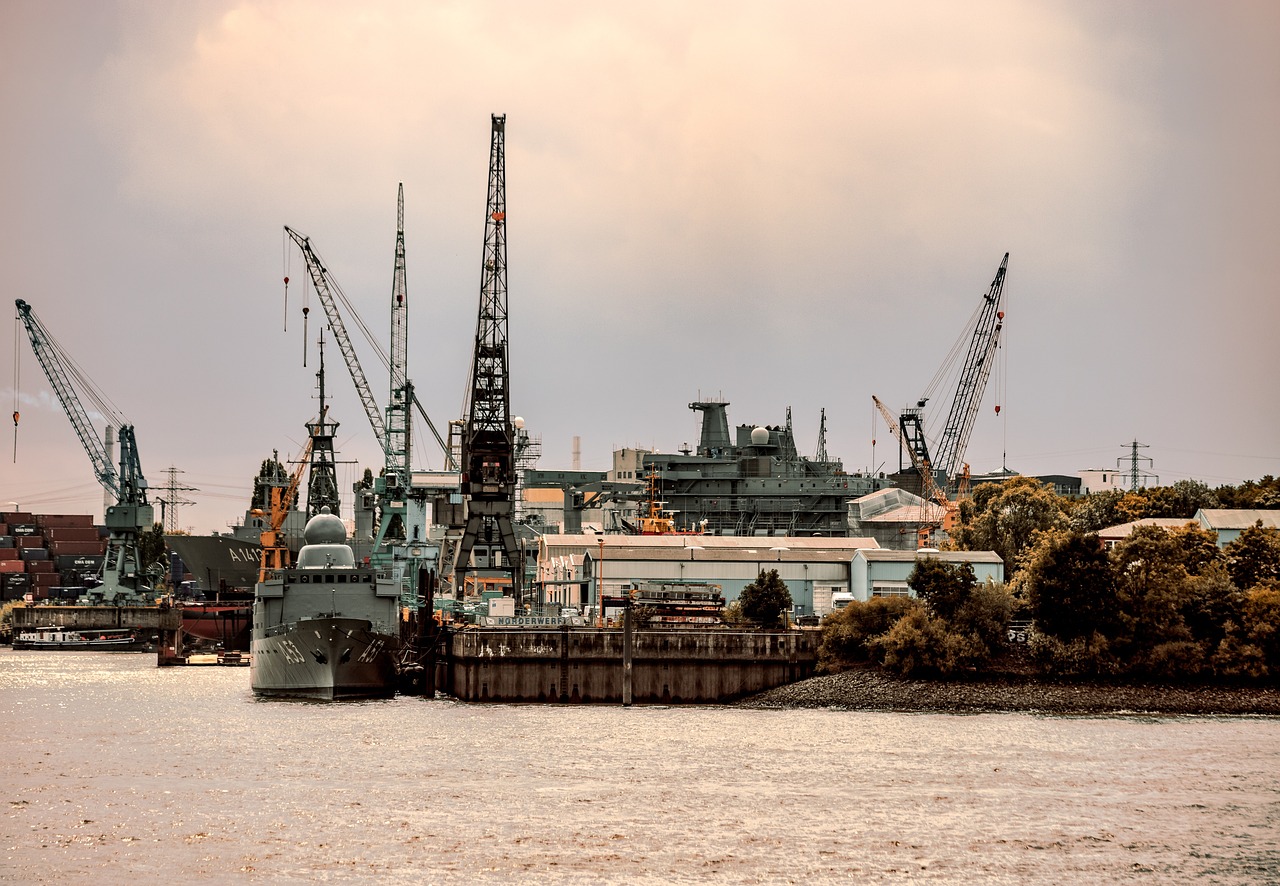Italian energy major will help turn a gas production centre in the UK into a carbon capture and storage facility
Eni has been contracted to advance the planned carbon capture and storage project in northwest England and north Wales, UK. It intends to convert existing gas production and compressions facilities in Liverpool Bay into those dedicated to pumping and storing CO2 from carbon-intensive industries, such as the HyNet industrial cluster.
A key part of this Liverpool Bay CCS project is converting a gas compression and treatment facility at Point of Ayr, in north Wales, into a CO2 electrical compression station.This will then pump CO2 to offshore depleted fields under Liverpool Bay for permanent storage.
Milan, Italy-headquartered Saipem has been awarded a €520M (US$590M) contract from Eni to support the UK CCS project. Saipem’s scope of work concerns the engineering, procurement, construction and supporting conversion and commissioning of the new CO2 electrical compression station at Point of Ayr, in north Wales, allowing for permanent CO2 storage in offshore depleted fields under Liverpool Bay.
“This new facility will be integrated with both the offshore and onshore segments of the overall development,” said Saipem.“The project will generate over 1,000 local roles during the construction period, and will guarantee emissions reductions from industries in northwest England and north Wales.”
CO2 capture and storage projects are boosting the contract orderbook for Saipem, which reported a total group backlog of €32.7Bn (US$37.2Bn) at the end of March.
The UK government approved the HyNet CCS project in October 2024, and Heidelberg Materials will be one provider of CO2 for storage from its cement manufacturing. Other suppliers include waste-to-energy producers.
Industry partners in this project include Viridor, Ineos, Fulcrum Bioenergy and Progressive Energy.
Eni has also launched the Bacton Thames net-zero initiative in the southern North Sea of the UK, which will develop a new CCS project to contribute to the decarbonisation of industries around Bacton and the Thames estuary, while potentially attracting CO2 from the European Union.






